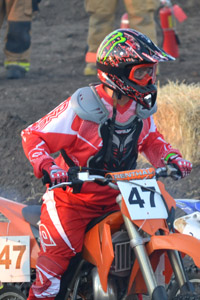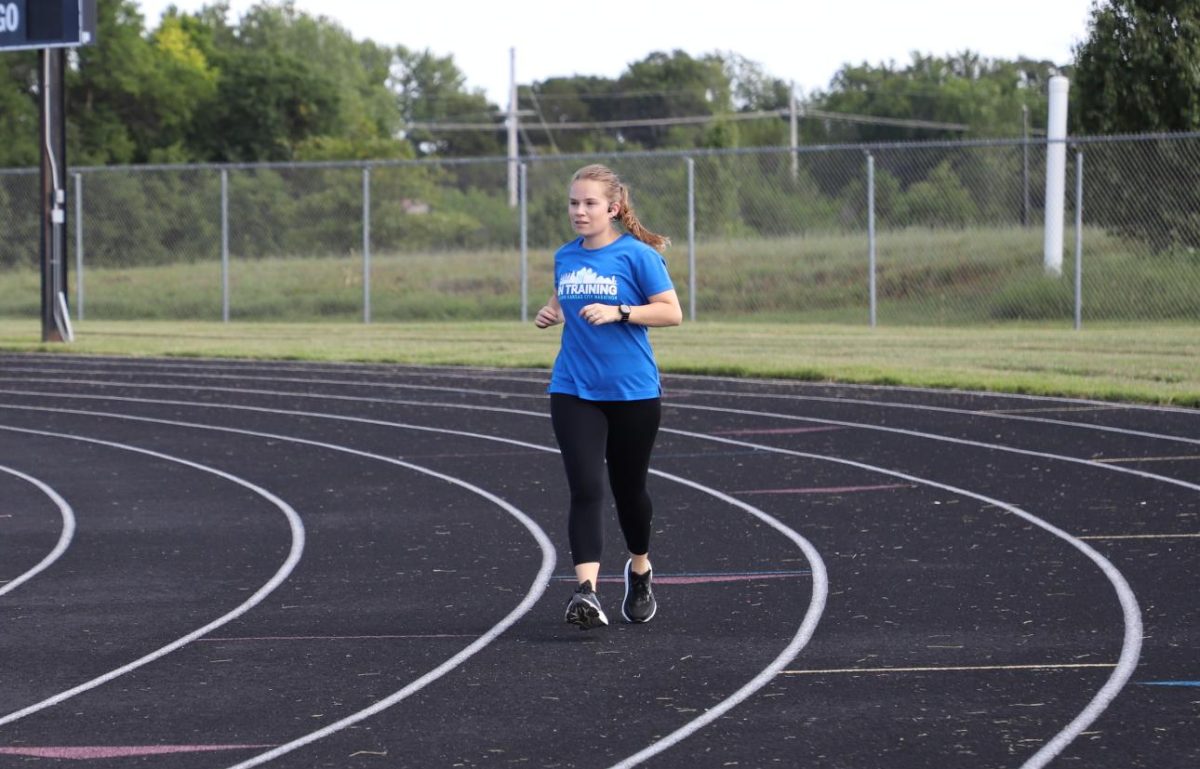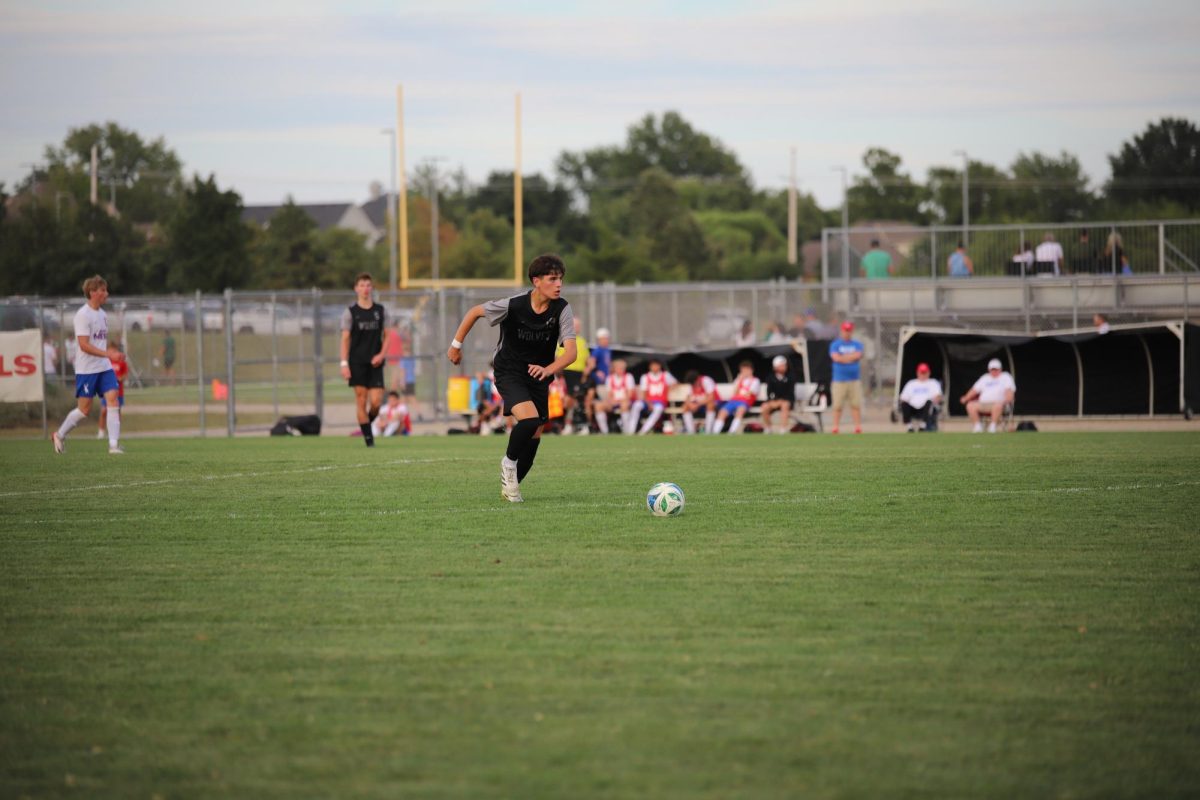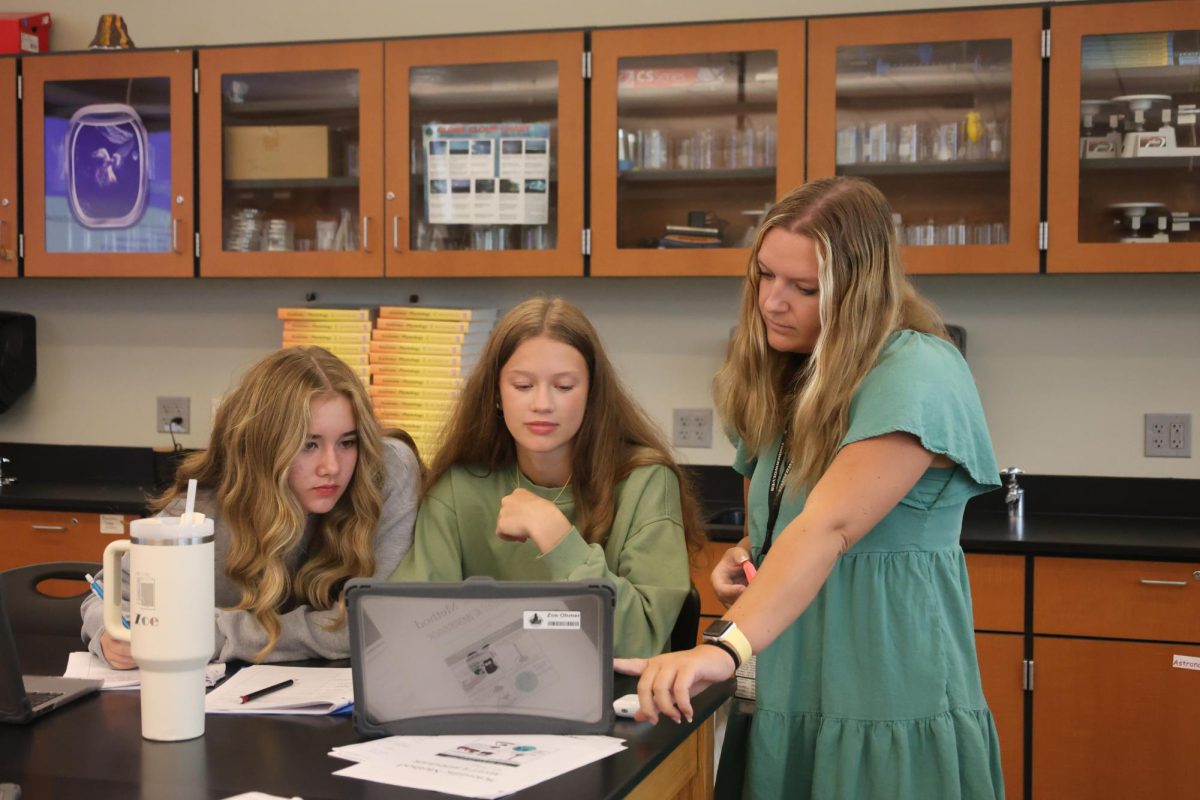Junior Joe Galamba steadies himself atop his Honda CRF250 as it comes to life. He examines the competition: about 25 other riders, just as anxious and on edge, waiting for their gates to drop.
The starter raises the sign. 30 seconds.

The whir of motors echo the buzz of adrenaline and anticipation building up. He breathes steadily, but with heightened senses and an alert awareness. Everything is sharp and focused.
His breathing accelerates as the starter moves to the box. Finally, the gates drop. The roar of excitement is no longer overwhelming. He jets forward.
“Right before a race, I think about the track,” Joe said. “But after the gate drops, my mind goes blank.”
Joe started riding when he was nine, after buying a bike from his neighbors. His first race was in 2008 at Midwest Extreme Park in Merwin, MO. Since then, he’s jumped as far as 100 feet and won several races, including two in the Texas Winter Series.
His 13-year-old brother Adrian followed in his footsteps: he started competing at seven and is already looking to make the top 10 at the Loretta Lynn Amateur National Motocross Championships this summer, one of the best races to get noticed at by professional league members.
“You can’t just get on [a dirt bike] and be good,” Adrian said. “You have to learn how to use all the brakes and the clutch and the form you need to ride with. That’s how you get better.”
Focused on practice, the Galambas built a mock track in his grandmother’s backyard that has expanded over the years, gaining more jumps and obstacles.
The Galambas aren’t the only motocross family: sophomore Grant Wernicke Jr. rides with his 13-year-old brother, Zach. Grant has ridden for five years, and he also has a practice course, which is set up two miles from his dad’s house. His dad, Grant Wernicke, began riding at age 10. He helped his kids learn how to ride, fix their bikes and find sponsors at Moto Star.

“Motocross is more of an individual sport,” elder Grant said. “You don’t have to rely on anybody else. You’re either going to do good or bad individually, by yourself.”
Both younger Grant and Zach hear people argue that motocross isn’t a sport, partly because it isn’t dangerous. However, injuries aren’t uncommon. The United States Consumer Product Safety Commission showed that in 1999, off-road motorcycle use caused approximately 47,400 injuries that required emergency room treatment.
“It’s underrated,” younger Grant said. “I get told motocross isn’t a sport all the time. It deserves more respect. I think people think because you’re on a vehicle it isn’t that hard, but the first time I got on a real track was probably the scariest thing in my life.”
In motocross, there isn’t much time to anticipate what’s coming. On a triple jump, the rider can either jump all three at the same time, each individually, or any combination of two and one, but the decision is made on the spot.
“It’s a very mental sport–you have to think out a lot of things before you do them,” younger Grant said. “The fear to me is just not knowing what’s coming next.”
White flag. Last lap.
Joe’s on a narrow strip of rollers with two other riders. Dirt shoots through the air, but Joe manages to make out the rapidly approaching turn. He thrusts his weight forward and kicks his leg out, leaning to the right, taking the inside line. Shouts erupt, but there’s no time to look back at the collision behind him.
The final jump is in sight; it’s almost always a jump, just adding to the ecstasy of victory. He glides through the air and lands with a thud, but all pain evaporates in the thrill of the moment.
“[Riding] was really scary at first; then it was cool,” Joe said. “I gained more confidence and started jumping higher. When I hit a jump [now], I feel like I’m flying. It’s the greatest feeling ever.”








